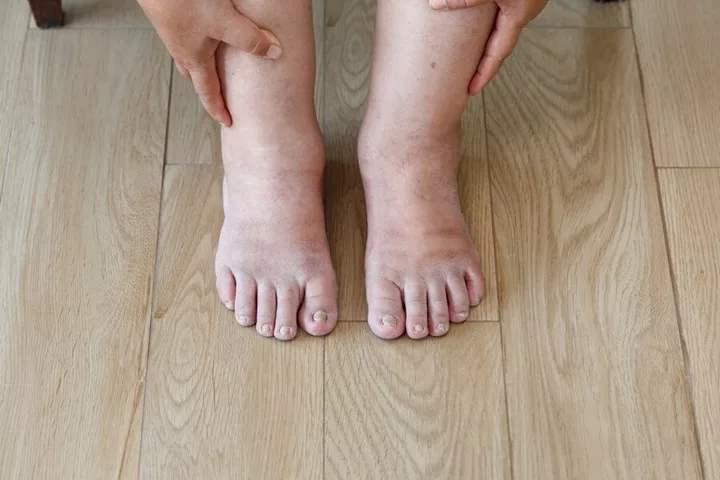Understanding the Causes and Recommended Treatments by Foot and Ankle Surgeons
Swelling of the feet, also known as pedal edema, is a common condition that can arise from a multitude of underlying issues. These can range from localized problems to systemic health concerns:
- Trauma: Physical injuries such as sprains, fractures, or blows to the feet can lead to inflammation and swelling as part of the body’s natural healing response.
- Infection: Bacterial or viral infections can cause the feet to swell. Cellulitis, for instance, is an infection of the skin and tissues that can lead to redness, swelling, and warmth.
- Tumor: Both benign and malignant growths can manifest in the feet, causing localized swelling due to the mass effect or obstruction of normal fluid flow.
- Varicose Veins: These enlarged veins are a sign of venous insufficiency, and they can lead to fluid accumulation in the feet and ankles.
- Lymphatic System Dysfunction: The lymphatic system helps circulate lymph fluid throughout the body; if it’s not working correctly, lymph can accumulate, leading to swelling.
- Poor Circulation: Peripheral artery disease or other circulatory issues can result in fluid buildup in the lower extremities due to inadequate blood flow.
- Hypertension: High blood pressure can strain veins and capillaries, leading to fluid leakage and swelling.
- Congestive Heart Failure: CHF is a serious condition in which the heart cannot pump blood efficiently. Often causing fluid to pool in the legs, ankles, and feet.
Foot and ankle surgeons approach swollen feet with a thorough examination, utilizing patient history, physical examination, and, when necessary, diagnostic tools such as imaging and blood tests to ascertain the root cause of the swelling.
Treatment recommendations are tailored to the diagnosis and individual patient needs, which may include:
- Rest and Elevation: Keeping the swollen feet elevated above the level of the heart can aid in reducing swelling.
- Compression: Wearing compression stockings can help squeeze the feet and lower legs to prevent fluid from pooling in the tissues.
- Medication: Diuretics to reduce fluid retention, antibiotics for infections, or anticoagulants in cases of blood clots are some medicinal interventions.
- Exercise: Light exercise can improve circulation and help pump fluid back toward the heart.
- Surgery: In cases where structural abnormalities or tumors are causing the swelling, surgical intervention may be warranted.
Preventative strategies and lifestyle modifications may also be advised to manage or mitigate swelling. As in the case of lifestyle changes for hypertension or weight reduction to relieve pressure on the circulatory system. For patients with congestive heart failure, close monitoring and specific medication regimens are critical to managing symptoms, including swollen feet.
In summary, the multifaceted nature of swollen feet necessitates a comprehensive approach to diagnosis and treatment. Foot and ankle surgeons are key in identifying the etiology of pedal edema. And formulating an effective treatment plan to address the individual needs of their patients.




